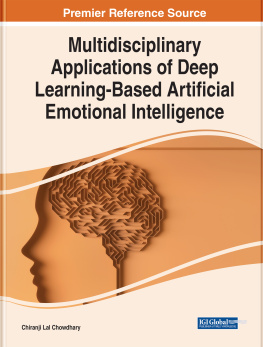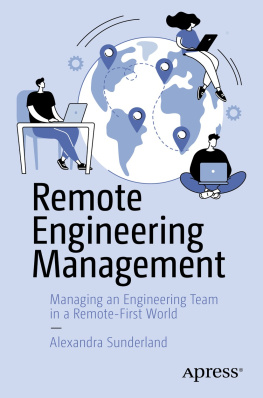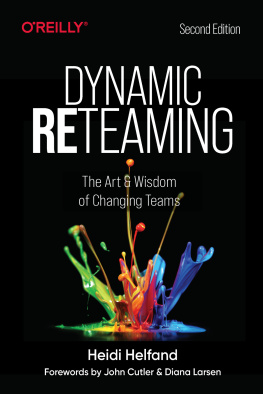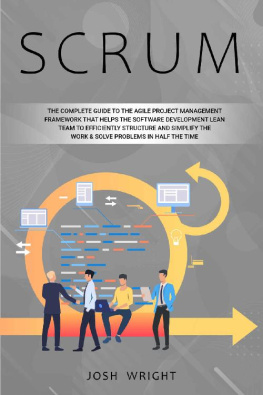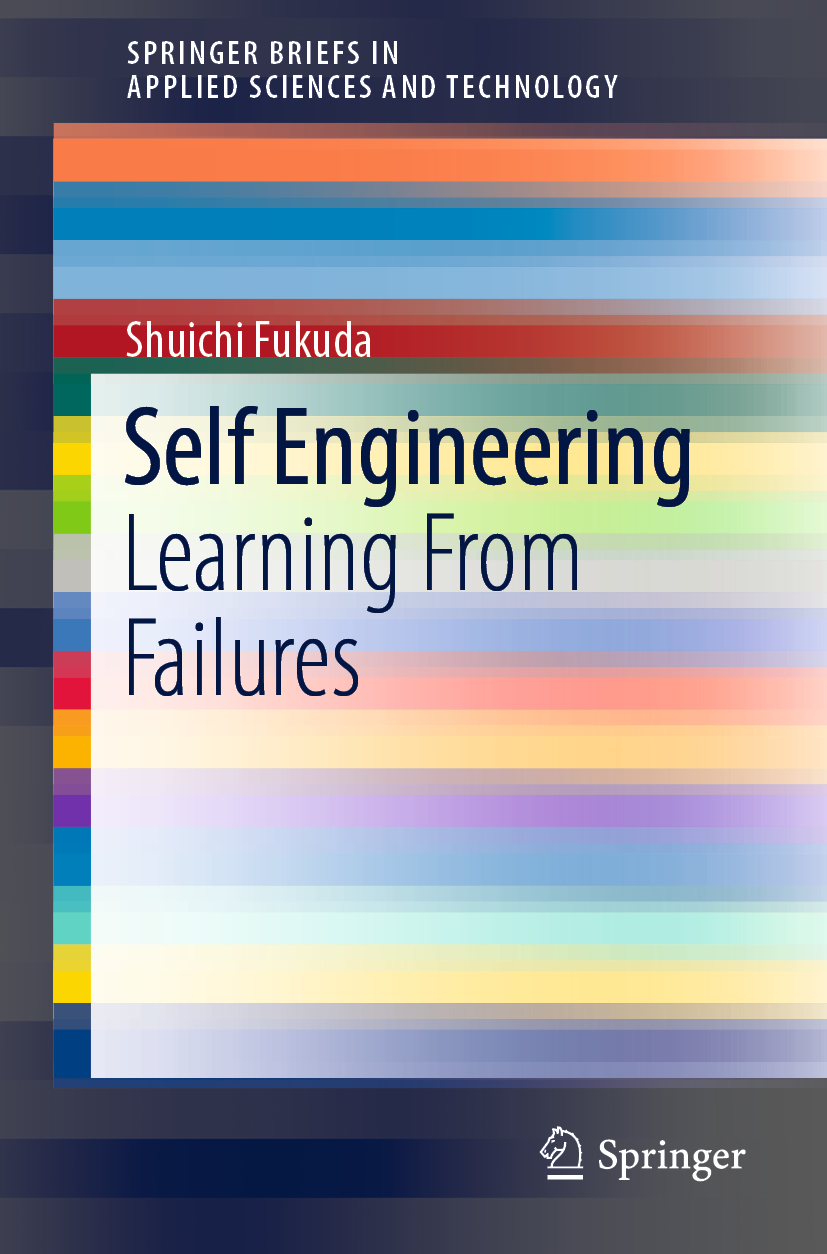SpringerBriefs in Applied Sciences and Technology
SpringerBriefs present concise summaries of cutting-edge research and practical applications across a wide spectrum of fields. Featuring compact volumes of 50125 pages, the series covers a range of content from professional to academic.
Typical publications can be:
A timely report of state-of-the art methods
An introduction to or a manual for the application of mathematical or computer techniques
A bridge between new research results, as published in journal articles
A snapshot of a hot or emerging topic
An in-depth case study
A presentation of core concepts that students must understand in order to make independent contributions
SpringerBriefs are characterized by fast, global electronic dissemination, standard publishing contracts, standardized manuscript preparation and formatting guidelines, and expedited production schedules.
On the one hand, SpringerBriefs in Applied Sciences and Technology are devoted to the publication of fundamentals and applications within the different classical engineering disciplines as well as in interdisciplinary fields that recently emerged between these areas. On the other hand, as the boundary separating fundamental research and applied technology is more and more dissolving, this series is particularly open to trans-disciplinary topics between fundamental science and engineering.
Indexed by EI-Compendex, SCOPUS and Springerlink.
More information about this series at http://www.springer.com/series/8884
Shuichi Fukuda
Self Engineering
Learning From Failures
Shuichi Fukuda
Systems Design and Management Research Institute, Keio University, Yokohama, Kanagawa, Japan
ISSN 2191-530X e-ISSN 2191-5318
SpringerBriefs in Applied Sciences and Technology
ISBN 978-3-030-26724-7 e-ISBN 978-3-030-26725-4
https://doi.org/10.1007/978-3-030-26725-4
The Author(s), under exclusive license to Springer Nature Switzerland AG 2019
This work is subject to copyright. All rights are solely and exclusively licensed by the Publisher, whether the whole or part of the material is concerned, specifically the rights of translation, reprinting, reuse of illustrations, recitation, broadcasting, reproduction on microfilms or in any other physical way, and transmission or information storage and retrieval, electronic adaptation, computer software, or by similar or dissimilar methodology now known or hereafter developed.
The use of general descriptive names, registered names, trademarks, service marks, etc. in this publication does not imply, even in the absence of a specific statement, that such names are exempt from the relevant protective laws and regulations and therefore free for general use.
The publisher, the authors and the editors are safe to assume that the advice and information in this book are believed to be true and accurate at the date of publication. Neither the publisher nor the authors or the editors give a warranty, expressed or implied, with respect to the material contained herein or for any errors or omissions that may have been made. The publisher remains neutral with regard to jurisdictional claims in published maps and institutional affiliations.
This Springer imprint is published by the registered company Springer Nature Switzerland AG
The registered company address is: Gewerbestrasse 11, 6330 Cham, Switzerland
Preface
The core messages of this book are as follows.
- (1)
Let us live as humans. We are not machines. We perceive environments and situations, and we make decisions, based on our motivation. We decide what action we will take.
- (2)
Let us enjoy our life. But let us keep on growing the world of human species. We should try more to actualize ourselves. The efforts of each Self contribute to expanding human world and human culture.
- (3)
As environments and situations change frequently and extensively in an unpredictable manner, let us make the most of our Instinct endowed by Nature. This is the tool for us to survive and that is Evolution. Evolution is nothing other than Adaptation.
- (4)
We should establish Self-Supporting Society. Self-Supporting is completely different from Self-Sufficiency. Self-Sufficiency is defined with the current industry or engineering framework as its background. You choose to make your life Self-sufficient, because you would like to, or you had to. But the world outside does not change.
Self-Supporting completely changes the whole industry or engineering framework. Current industry or engineering framework is based on the principle of Work for others, in other words, Division of Labor. But Self-Supporting Society is based on the principle of Work for myself, You work for yourself, Although even if everybody works for himself or herself, the labor is appropriately shared. So, the human world develops and expands.
3D printing is discussed from the viewpoint of current industry or engineering framework to increase productivity. But it can be one of the tools to provide Work for myself opportunities to us.
To accelerate this shift, engineers need to develop technologies that enable us to use easily in our daily life. Certainly, we need chefs on some occasions. But in our everyday life, it is more important for us to know how we can cook the leftovers in the refrigerator and have nice dishes. This is a challenge and indeed provides us with great satisfaction, when we succeed.
This is the same idea as Sharing Economy. Here, I would like to call it Sharing Life. We do not need to stick to a single life. We can enjoy a multiple life. Engineering is making our dreams come true. It is said only humans can see the future. Then, why dont we enjoy the life of tomorrow now?
What makes this possible is Instinct endowed by Nature. Instinct is common to all humans. Personalization is fine, but we should devote more efforts to Self activities, which are inherent in human species.
Thus, this book is written for you to realize another engineering philosophy is needed to develop and establish World 2.0, which is a new world of tomorrow.
I hope you will enjoy reading this book.
I would like to thank many people who gave me new ideas and new perspectives through discussions.
They opened the door to the new world.
Finally, I would like to thank Mr. Anthony Doyle, Springer, London, and Ms. Megana Dinesh, SpringerNature, Chennai. Their encouragement and patience are truly appreciated.
Shuichi Fukuda
Yokohama, Japan
June 2019
Contents
1. Introduction
When you saw the title of this book, you might have wondered Self Engineering? What is it? Is it another Do It Yourself? The answer is Yes and No.



